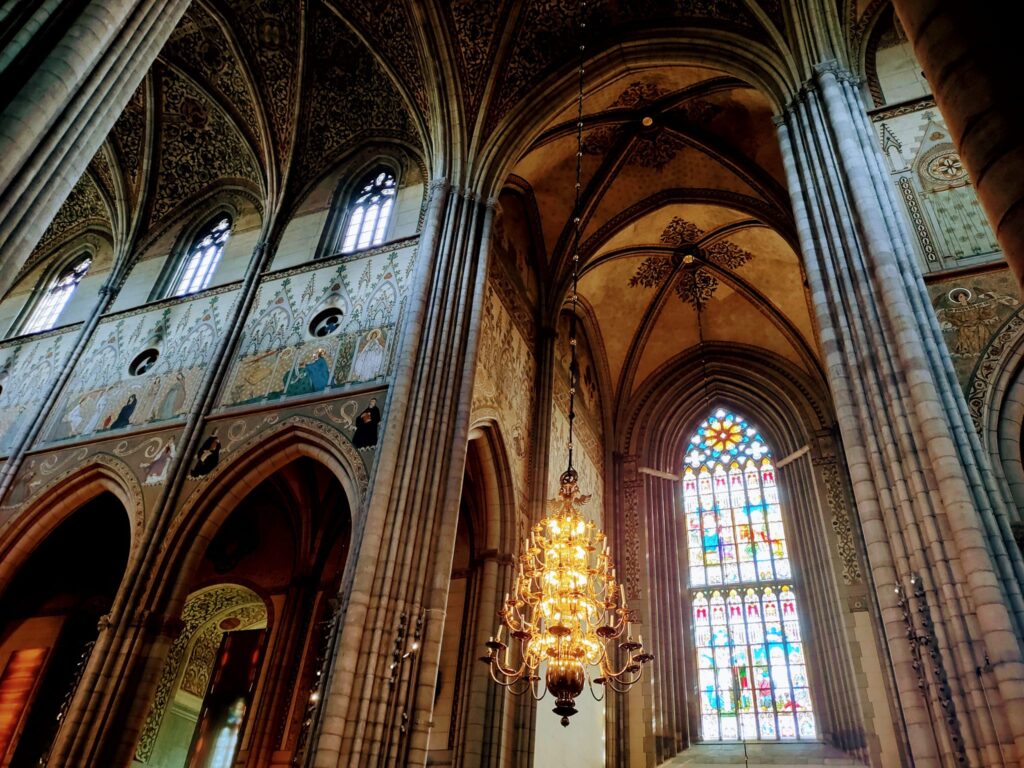
As I continue to recount our travels in Swedenborg’s Sweden (see link to Part 1 below), Uppsala Cathedral stands out as a major pilgrimage site, of course. It is the place where his body has been enshrined since 1913. This is historically extremely significant. Uppsala Cathedral is considered Sweden’s “National Cathedral”, and much like Westminster Abbey in London, it is the resting place of especially significant national honoraries, celebrities, and statespeople, including Kings and Queens, and includes the remains of St. Erik, as well as relics from St. Bridget.
Swedenborg had died in London in 1772, at the age of 84, and was buried at the Swedish Church (demolished in 1917) at Princes Square in London. A century and a half later, he was honored for his achievements as one of Sweden’s most significant scientists and statesmen, and interred at Uppsala.
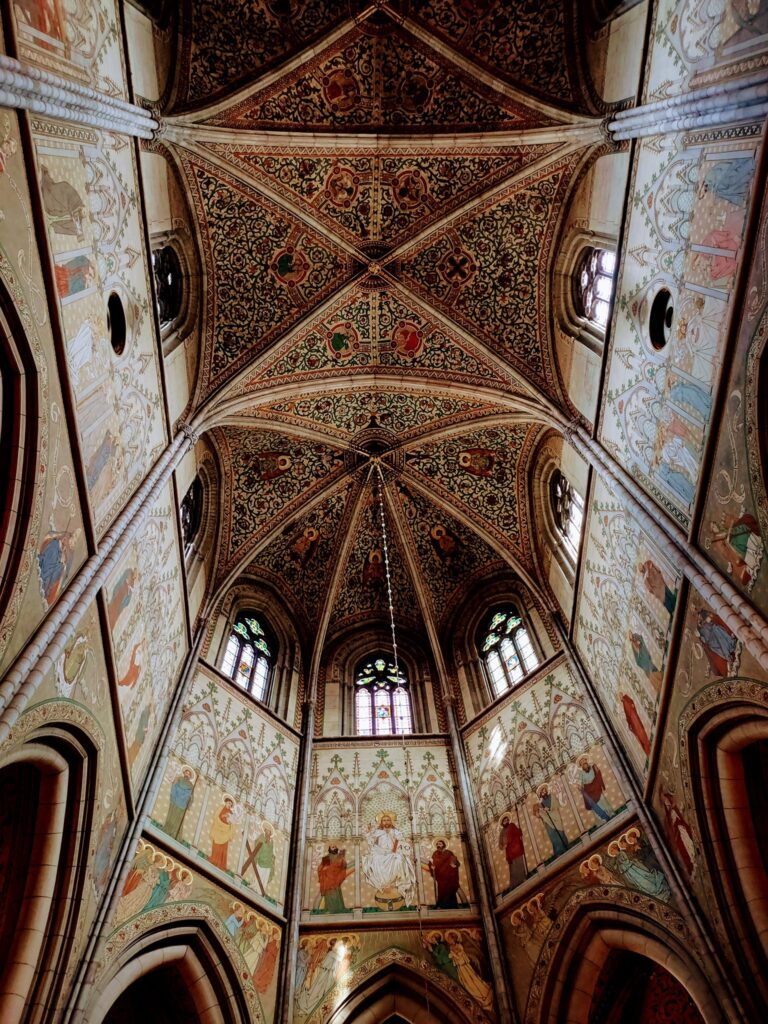
The cathedral is stunningly beautiful. Built between the 13th and 15th centuries, it is a blend of gorgeous religious artwork from various time periods, and like many other major European cathedrals, has a very “public” feel to it. It was lively and filled with tourists, as well as some folks who were praying and meditating. I appreciated the balance that was struck between the public and the contemplative elements in this special sacred space.
When sitting in the pews, I could not help but picture Swedenborg attending services there, as he surely did somewhat regularly throughout his life. Did he ever imagine he’d one day be enshrined among the Swedish kings? Given his tense relationship with the Church of Sweden, which accused him of heresy, forcing him to publish abroad, this must have seemed completely paradoxical, but also gratifying. The reality of it is strangely beautiful and providential, it seems. I wonder how many visitors to this sacred space have been inspired to look into his life and teachings…
Swedenborg’s body is located inside a marble sarcophagus, somewhat close to the main entrance. Metal fencing prevents visitors from getting too close. When standing in front of it and meditating, I had somehow expected a kind of profound spiritual sensation. No such thing occurred. Perhaps it was the public, touristy aura of the place. Perhaps it was a reminder that he himself would probably feel awkward and uncomfortable at the thought of people venerating his mortal remains. Not only because of his seeming humility, but because of the core of his spiritual message, his belief that the body is only a temporary vessel for the spirit, which continues to live wholly, fully and freely on the spiritual plane after physical death.
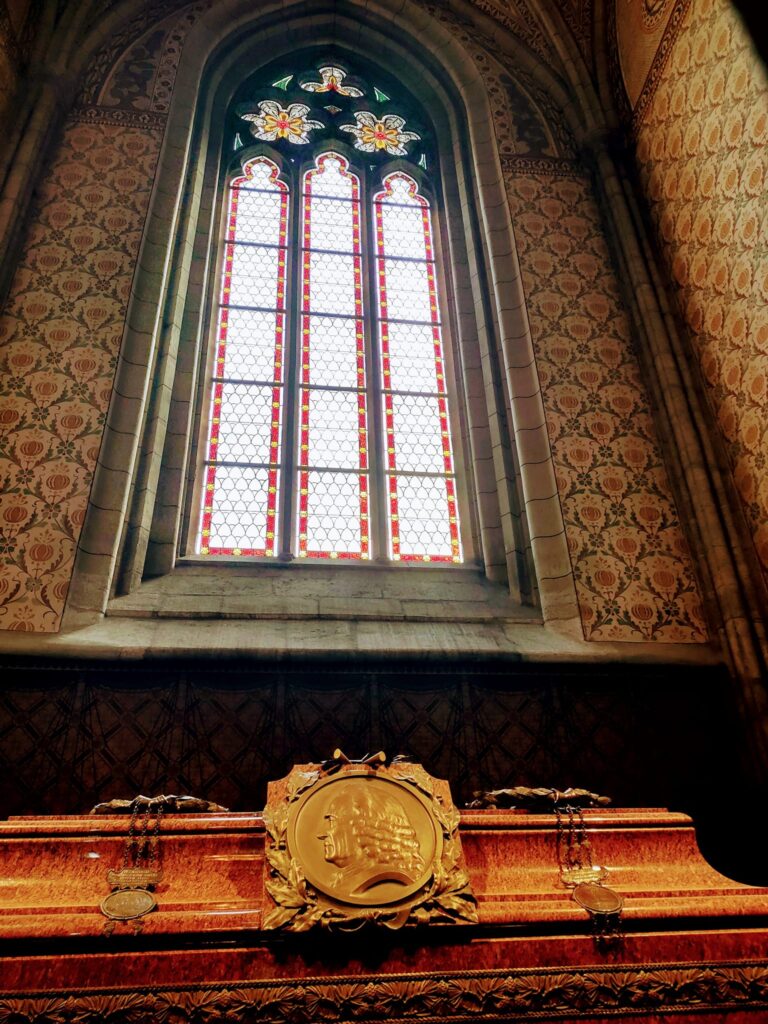
The history of this amazing place brings us directly to our next destination. The original “Uppsala Cathedral”, which served as the seat of the archbishop from the 11th to the 13th century, was located just a few miles outside of town, in the original municipal settlement, now called Gamla Uppsala (“Old Uppsala”), before being relocated to what is now downtown Uppsala after being damaged by fire. Even more interesting, it was built at a site which had been sacred to the people of this land since ancient times. Before Sweden’s Christianization, it was a major center for indigenous Norse pagan religion, and home to several major sacred shrines and temples.
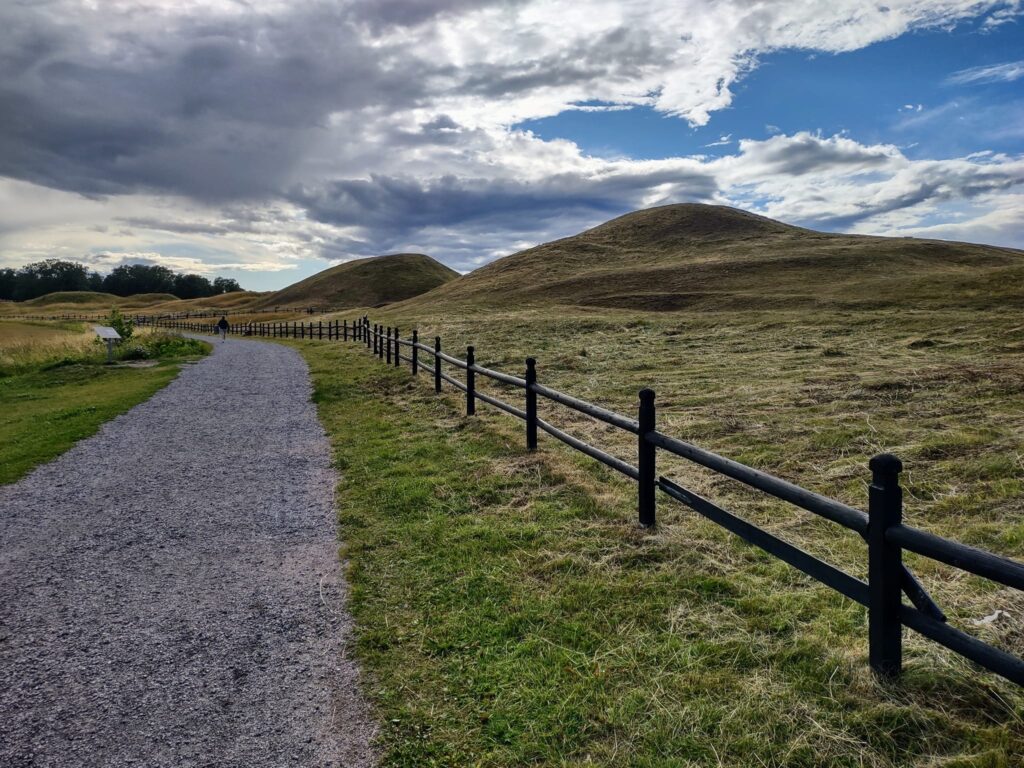
The medieval historian Adam of Bremen describes “a magnificent temple, which is called Uppsala, located not far from the city of Sigtuna. In this temple, built entirely of gold, the people worship the statues of three gods. These images are arranged so that Thor, the most powerful, has his throne in the middle of the group of three.”* Mentioned in several mythological and historical texts as the dwelling place of the gods, including in Snorri Sturlson’s Ynglinga Saga, and the Gesta Danorum, which reads:
“[Odin] used more continually to sojourn at Uppsala; and in this spot, either from the sloth of the inhabitants or from its own pleasantness, he vouchsafed to dwell with somewhat especial constancy.”**
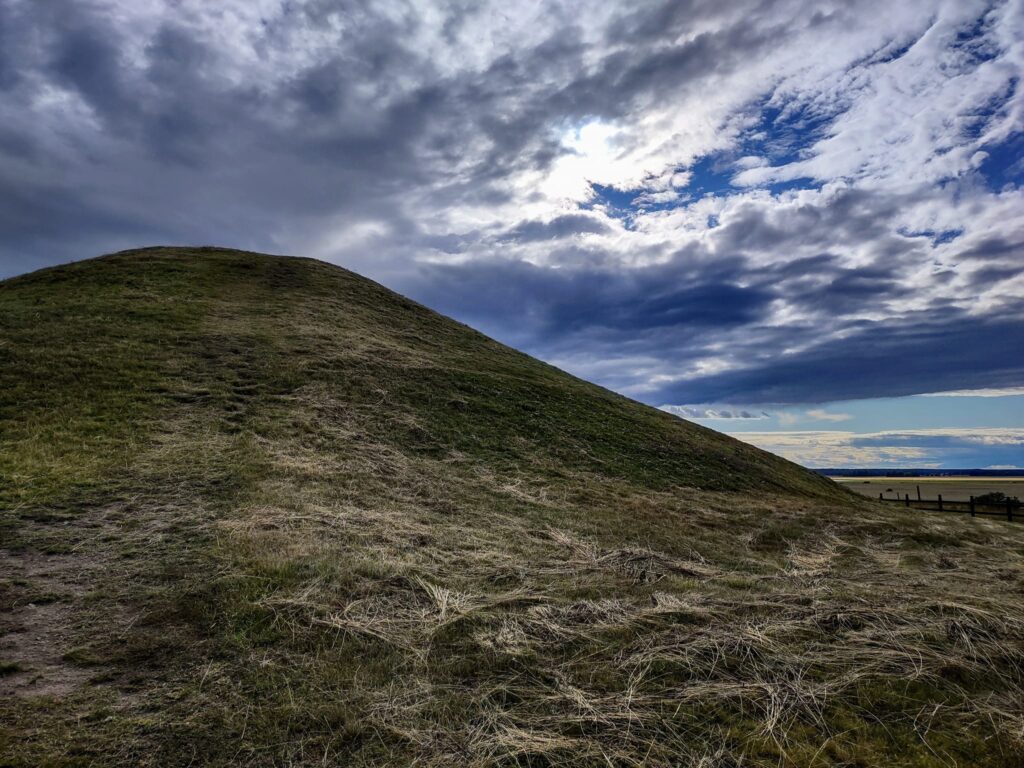
The two main areas of interest at Gamla Uppsala are the old church, surrounded by a graveyard, as well as the ancient Norse burial mounds, assumedly dedicated to specific deities within the Norse pantheon. We arrived at the location just after the museum had closed, and there were barely any other visitors in sight. In contrast with the bustling and lively public and urban atmosphere of both Stockholm and the current city of Uppsala, there was an extremely tangible spiritual aura which we both sensed strongly. I was drawn to Odin’s mound, one of several which stand in a row, and spent some time meditating and praying there. Interestingly, a raven appeared as I finished…

Stay tuned for the third and final segment of this travel-blog! Here’s the first, in case you missed it:
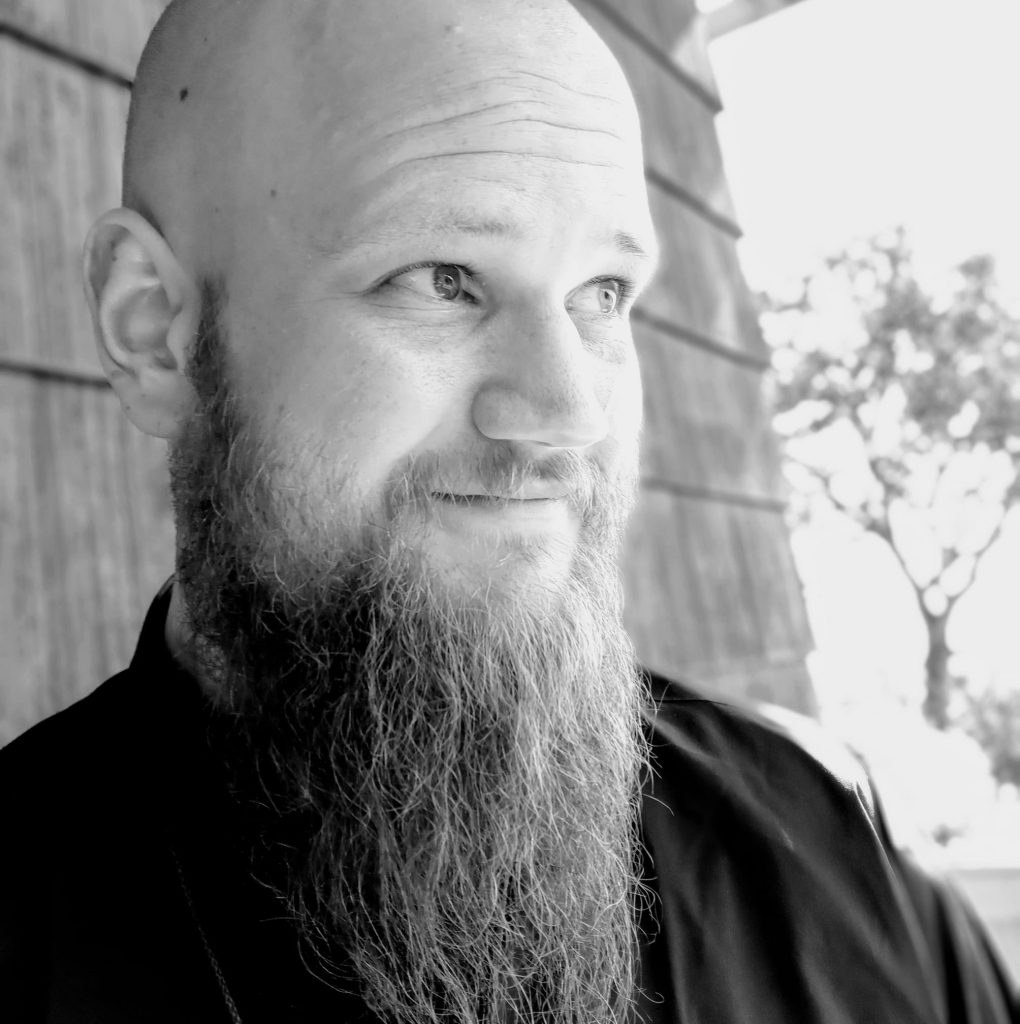
Rev. Thom Muller is pastor at the Swedenborgian Society of the East Bay at Hillside, an Urban Sanctuary, in El Cerrito, California, as well as senior editor of Our Daily Bread. His passions include the intersection of spirituality and psychology, interfaith theology, and the Western esoteric tradition. A native of Germany, Rev. Muller was ordained into the ministry of the Swedenborgian Church of North America in 2016, upon receiving his theological education at Bryn Athyn College of the New Church and the Center for Swedenborgian Studies and Pacific School of Religion at the Graduate Theological Union in Berkeley.
*Adam of Bremen: Gesta Hammaburgensis Ecclesiae Pontificum, 1070AD. Hannover, 1917 retrieved from archive.org
**Saxo Grammaticus. Gesta Danorum Vol. Book 1. Translated by Elton, Oliver – via Medieval & Classical Literature Library. retrieved mcllibrary.org
Hi, Thomas!
You may remember me from your time in Bryn Athyn.
I was pleased come across the blog of your trip to Sweden! I was also fortunate to visit Sweden with a group from Bryn Athyn in June. What a great experience! We had 11 days to see Stockholm, Uppsala and Falun – wished we had more time! We were even able to go inside Swedenborg’s summer house in Skansen! I’m still working through the 2,100 photos I brought back with me.
I’m wondering if you ever published the 3rd installment of your trip to Sweden.
Finally, you mentioned that there was a Statue of Swedenborg in the garden at Skansen. I saw a statue there and assumed that it was Swedenborg but discovered that it was actually Linnaeus – also an appropriate figure for that garden. I assume that was the one you saw.
Great to connect with you after so many years! Hope you are doing well.
Marvin Clymer